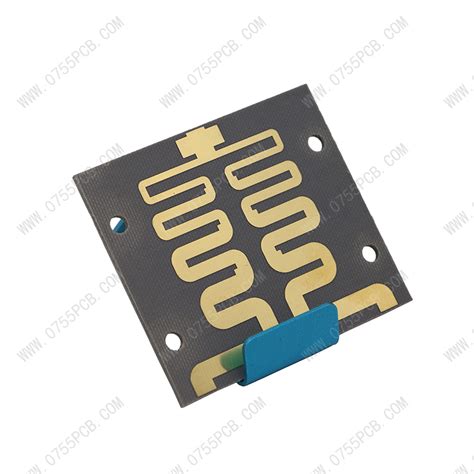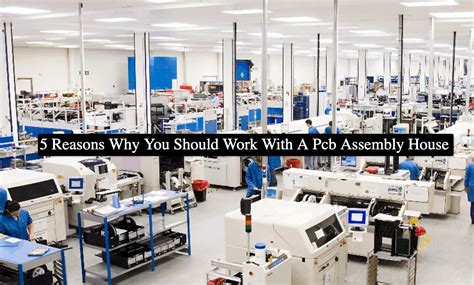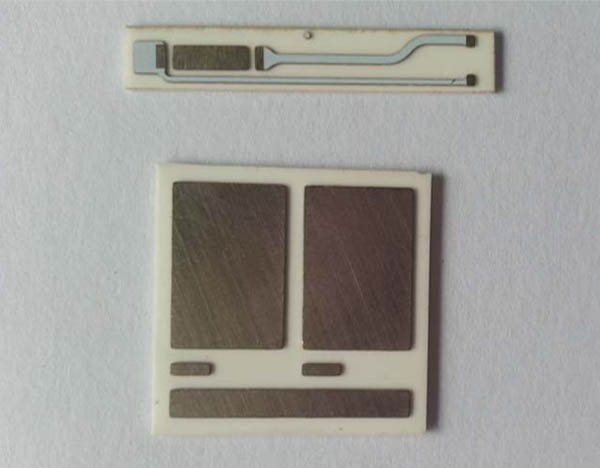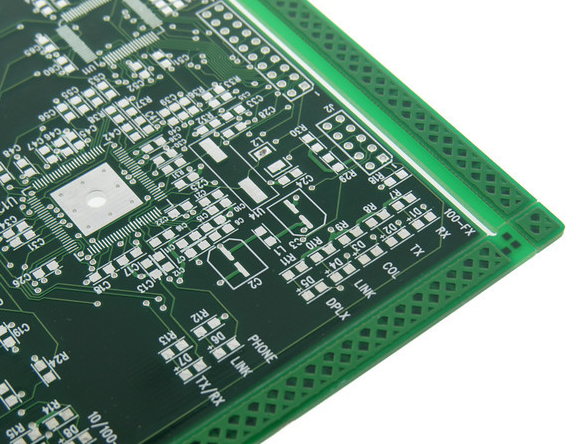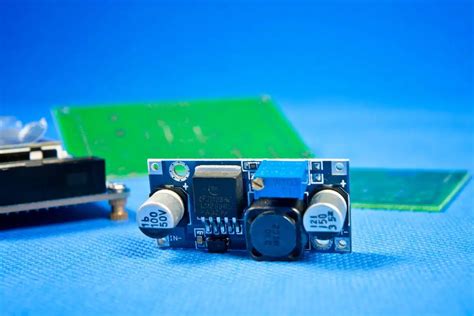Innovative Arlon PCB Solutions for High Frequency Applications
Key Takeaways
In the realm of high-frequency applications, Arlon PCBs stand out due to their exceptional performance and innovative materials. When considering your options for pcb manufacturing, you might find that Arlon’s engineering solutions specially cater to the needs of demanding markets. The performance characteristics offered by Arlon products, such as low dielectric loss and stable thermal properties, make them highly suitable compared to more traditional materials. This is particularly important when you evaluate the pcb manufacturing cost, as investing in superior materials can enhance the reliability and function of your electronic products in the long run. Furthermore, if you are involved in a pcb manufacturing business, leveraging Arlon’s advanced technologies can set your company apart from competitors and position you favorably within the market. By understanding the challenges that exist in high-frequency PCB design, you can make informed decisions that ultimately lead to greater success in your projects and initiatives.
Innovative Materials in Arlon PCB Technology
When exploring Arlon PCB technology, you will find that the use of innovative materials significantly enhances performance in high-frequency applications. These materials are specifically engineered to meet the rigorous demands of today’s electronic circuit design, offering unique properties that distinguish them from traditional options. For instance, Arlon PCBs utilize advanced dielectric materials that provide lower dielectric loss, which is crucial in minimizing signal degradation. This characteristic is particularly important for applications operating at high frequencies where typical pcb manufacturing materials may struggle.
Additionally, the incorporation of sturdy substrates like PTFE (Polytetrafluoroethylene) allows for excellent thermal stability and improved electromagnetic performance. When you consider the manufacturing aspects, partnering with reliable pcb manufacturing companies can help reduce your overall pcb manufacturing cost, while maintaining high-quality standards. These companies use cutting-edge processes that align with industry demands, ensuring your projects benefit from the best available technology.
To illustrate these points, consider the table below comparing standard materials versus those used in Arlon PCBs:
| Feature | Standard PCB Materials | Arlon PCB Materials |
|---|---|---|
| Dielectric Loss | Higher | Lower |
| Thermal Stability | Moderate | Excellent |
| Frequency Range | Limited | Wide |
| Cost | Generally Lower | Moderate |
In summary, leveraging Arlon PCB technology not only enhances your designs but also ensures reliable performance under challenging conditions. If you are venturing into the pcb manufacturing business, selecting these innovative materials could pave the way for superior products and a competitive edge in high-frequency applications. For more information on capabilities and services related to PCB manufacturing, consider visiting Andwin PCB.

Performance Characteristics of Arlon PCBs
When considering Arlon PCBs for your design needs, you’ll discover that these materials offer remarkable advantages over traditional options. Designed specifically for high-frequency applications, they feature advanced dielectric properties that minimize signal loss, ensuring optimal performance even at elevated frequencies. The low pcb manufacturing cost associated with these components can be attributed to their efficient design and materials, making them a viable choice for cost-sensitive projects while still maintaining high standards of performance.
In particular, Arlon PCBs excel in temperature stability and can withstand significant thermal cycling without degrading, which is essential in today’s fast-paced electronic environments. The pcb manufacturing business has also recognized the importance of these materials and has seen increased demand from industries focused on high-frequency technology.
“Investing in superior materials like Arlon can lead to long-term savings by enhancing product reliability.”
Additionally, the composition of these boards includes low-loss dielectrics, which improves signal integrity—a crucial factor when designing circuits for communication systems or aerospace applications. Utilizing these properties will not only enhance your designs but may also set you apart from competitors who are relying on less efficient solutions. Whether you are working with small-scale projects or large systems, selecting Arlon PCBs could be your best choice for achieving exceptional performance in high-frequency designs.

Applications of Arlon PCBs in High-Frequency Design
When considering the critical role of Arlon PCBs in high-frequency design, you will find that these solutions are not only technologically advanced but also perfectly suited for your specific needs. These PCBs utilize innovative materials that enhance signal integrity, making them ideal for applications ranging from telecommunications to aerospace and defense. In your pursuit of effective pcb manufacturing, understanding the characteristics of Arlon materials can lead you to significant performance advantages in your designs. Moreover, the reduced dielectric losses common in high-frequency environments enable these PCBs to operate efficiently even at microwave frequencies. As you team up with reliable pcb manufacturing companies, understanding the significance of these materials can help mitigate common challenges such as signal degradation and crosstalk. This advancement in technology also impacts the overall pcb manufacturing cost, making it a valuable investment for products that demand high reliability and performance. For anyone involved in the pcb manufacturing business, choosing Arlon materials can influence not only operational efficiencies but also your competitive edge in demanding markets. By exploring the unique properties of Arlon PCBs, you can enhance your designs and bolster performance across various high-frequency applications.
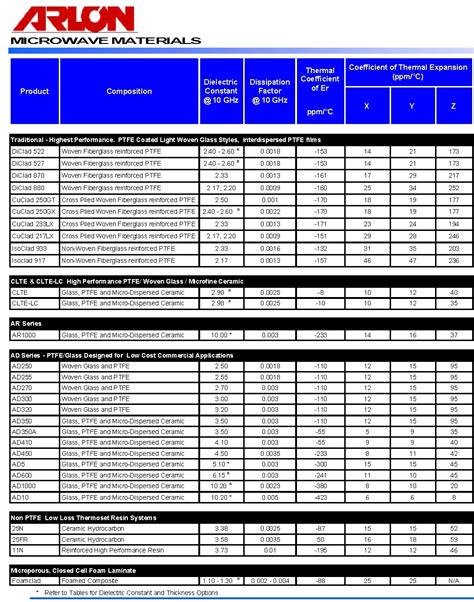
Comparative Analysis: Arlon PCBs vs. Traditional Materials
When evaluating Arlon PCBs in comparison to traditional materials, it’s essential to consider several crucial aspects that impact pcb manufacturing and overall performance. Arlon PCBs utilize advanced materials that significantly enhance electrical properties, particularly in high-frequency applications. This innovation often leads to reduced losses and improved signal integrity, making them a preferred choice for your high-performance designs. Many pcb manufacturing companies that focus on high-frequency applications recognize the need for exceptional dielectric strengths and minimal thermal expansion, which are hallmarks of Arlon’s offerings. In contrast, traditional materials may not always meet these rigorous standards, contributing to potential limitations in operational efficiency. Consequently, you may notice variations in the pcb manufacturing cost, where investing in superior materials like Arlon can ultimately lead to cost benefits through enhanced reliability and reduced failure rates. By opting for these innovative solutions, you align your projects with cutting-edge technology, keeping your pcb manufacturing business competitive in an ever-evolving market landscape.

Manufacturing Processes for Arlon PCBs
The pcb manufacturing process for Arlon PCBs is distinctively sophisticated, leveraging advanced technology to meet the stringent demands of high-frequency applications. When you engage with pcb manufacturing companies that specialize in Arlon products, you’ll notice their commitment to using innovative materials that enhance signal integrity and thermal performance. These manufacturers focus on several key processes, including precise layer alignment, state-of-the-art drilling techniques, and precise etching methods—all crucial for minimizing signal loss.
One significant aspect of this manufacturing process is the selection of appropriate substrates, which directly influences the pcb manufacturing cost. Quality materials such as those offered by Arlon can lead to higher upfront costs; however, they provide superior performance in demanding environments. This means that investing in robust pcb manufacturing business practices can result in long-term savings through reduced failures and maintenance needs.
Moreover, the emphasis on automation within the manufacturing process not only increases efficiency but also enhances consistency and precision. High-frequency PCB designs benefit greatly from these advancements, as they require meticulous attention to detail at every step—from initial design through to final assembly. By understanding these complexities, you can appreciate how Arlon’s pcbs stand out in the market and why their innovative solutions are essential for next-generation electronic circuit designs.
Challenges in High-Frequency PCB Design
Designing PCBs for high-frequency applications presents numerous challenges that can significantly impact the performance of your electronic devices. One of the primary concerns involves signal integrity; as frequencies increase, the risk of signal loss, crosstalk, and electromagnetic interference becomes more pronounced. You must consider the material properties and layer stack-up when addressing these issues, as traditional materials may not effectively manage the electrical characteristics required in high-frequency circuits.
Moreover, selecting a suitable pcb manufacturing partner is crucial to minimize potential pitfalls. Not all pcb manufacturing companies possess the expertise or advanced technology necessary for producing high-quality boards that meet stringent frequency requirements. It’s essential to evaluate their capabilities in handling specific material types, such as those used in Arlon PCBs, which offer superior performance characteristics compared to standard options.
In addition to material considerations, another challenge involves controlling the pcb manufacturing cost while ensuring quality. High-performance boards often come with a premium price tag due to specialized processes and materials, which can strain budgets in competitive markets. A thorough understanding of your expected performance criteria alongside a detailed assessment of your pcb manufacturing business operations can lead to better outcomes, ensuring effective designs that remain economically viable.
Lastly, thermal management is yet another critical challenge when working with high-frequency applications. Effective heat dissipation methods are necessary to preserve signal integrity and prolong component lifespan. You must be proactive about integrating solutions that address thermal issues, thereby enhancing overall reliability and performance in your designs.
By navigating these challenges effectively, you can leverage innovative solutions like those offered by Arlon PCBs to achieve excellent results in high-frequency applications.
Future Trends in PCB Technology with Arlon Solutions
As you explore the future of PCB technology, the advancements within Arlon solutions are noteworthy. The landscape of high-frequency applications requires a shift towards innovative materials and manufacturing techniques, which Arlon PCBs can provide. With continued emphasis on performance characteristics, such as thermal management and signal integrity, manufacturers are increasingly turning to Arlon’s offerings to meet their growing needs.
The trajectory of PCB manufacturing is influenced by the demand for superior materials that not only withstand higher frequencies but also enhance overall circuit reliability. You may find that PCB manufacturing companies are investing significantly in research to leverage Arlon’s advanced materials for creating more efficient designs. Consequently, this prioritization of innovative techniques could potentially lower overall PCB manufacturing costs, while advancing the capabilities of electronic circuits in complex environments.
Moreover, as the industry grapples with the complexities inherent in high-frequency design, understanding these emerging trends in Arlon PCB technology provides a competitive edge. The synthesis of better materials with cutting-edge design processes signals a promising future for your projects in the PCB manufacturing business, as you aim to achieve unparalleled performance standards. For those involved in developing solutions tailored for high-frequency markets, aligning with Arlon’s innovative offerings represents not just an option but a strategic necessity moving forward.
Conclusion
In summary, Arlon PCBs have emerged as a pivotal player in the realm of high-frequency applications, showcasing their capabilities through innovative materials and superior performance characteristics. When you consider the pcb manufacturing landscape, partnering with reputable pcb manufacturing companies is crucial for ensuring that you receive high-quality products tailored to your specific needs. The pcb manufacturing cost can vary significantly depending on the materials used and the complexity of the design, but investing in Arlon solutions often results in enhanced reliability and performance in demanding scenarios. Recognizing these factors can help you make informed decisions whether you are involved in a pcb manufacturing business or are simply seeking reliable PCBs for your electronic design projects. As technology continues to evolve, embracing these advanced materials will position you at the forefront of innovation. Your commitment to quality will not only augment your designs but also enhance your overall competitiveness in the market.
FAQs
What are the main advantages of using Arlon PCBs for high-frequency applications?
Arlon PCBs offer superior performance characteristics that make them ideal for high-frequency applications. Their advanced materials ensure minimal signal loss and reduced dielectric constant, which is crucial for maintaining signal integrity.
How do Arlon PCBs compare to traditional materials?
When you compare Arlon PCBs vs. traditional materials, you’ll notice that Arlon’s innovative technology allows for better thermal stability and lower pcb manufacturing costs, making them more reliable in demanding environments.
What is the typical pcb manufacturing process for Arlon PCBs?
The pcb manufacturing process for Arlon involves several steps, including material selection, precision etching, and detailed assembly techniques. These processes are designed to meet the specific needs of high-frequency design.
Are there any challenges when designing high-frequency PCBs?
Yes, challenges like maintaining signal integrity and managing thermal performance can arise in high-frequency PCB design. However, using Arlon solutions can significantly mitigate these issues due to their superior material properties.
Where can I learn more about affordable PCB manufacturing options?
If you’re interested in exploring more about low-cost options in the PCB manufacturing business, please click here: PCB Manufacturing.
Feel free to reach out if you have further inquiries on this topic!

